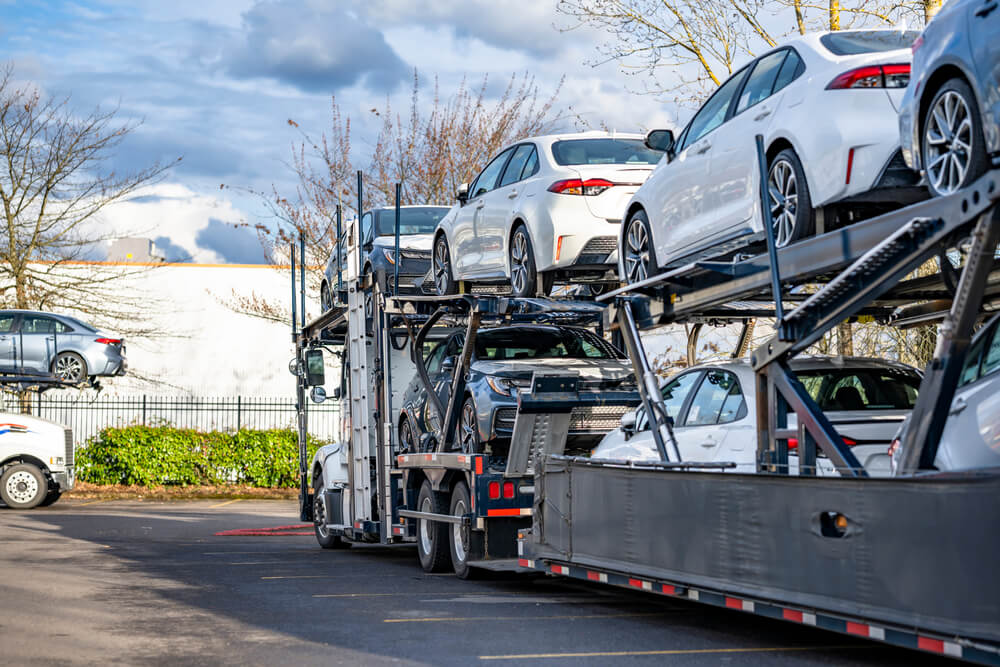
The recent imposition of tariffs for import vehicles has significantly reshaped the automotive industry’s landscape. Manufacturers and consumers alike are grappling with the repercussions of increased costs and shifting market dynamics. This article explores the multifaceted effects of these tariffs and the strategic responses adopted by key industry players.
The Genesis of the Tariffs
In an effort to bolster domestic manufacturing and address trade imbalances, the U.S. government enacted a 25% tariff on imported vehicles and automotive parts, effective April 3, 2025. This policy aims to incentivize local production but has introduced complexities into global supply chains and pricing structures.
Immediate Impact on Consumer Pricing
The direct consequence of these tariffs is an uptick in vehicle prices. Consumers are witnessing price increases of approximately 10% on imported models, translating to an additional $5,000 on a $50,000 vehicle. Even domestically assembled cars are not immune, as many rely on imported components now subject to tariffs. This escalation is prompting buyers to reconsider their purchasing decisions, with some accelerating purchases to preempt further hikes.
Strategic Shifts by Automakers
In response to the tariffs, automakers are implementing various strategies to mitigate financial impacts and maintain market competitiveness:
Production Relocation: Companies like Hyundai are shifting production of popular models, such as the Tucson SUV, from Mexico to U.S. plants to circumvent tariffs and capitalize on domestic manufacturing incentives.
Pricing Adjustments: While some manufacturers are absorbing tariff costs to sustain sales volumes, others are transparently passing these costs onto consumers, leading to higher retail prices. For instance, luxury brands like Ferrari have implemented price increases on certain models to offset tariff expenses.
Supply Chain Diversification: To reduce reliance on tariffed components, automakers are exploring alternative suppliers in regions unaffected by the tariffs, thereby enhancing supply chain resilience.
Case Study: Stellantis Adaptive Measures
Stellantis, the parent company of brands like Chrysler and Jeep, exemplifies proactive adaptation. The company has relocated production of certain models from Mexico to Michigan, aligning with the new trade policies and supporting domestic employment. However, this transition has involved workforce adjustments, including layoffs, highlighting the complex balance between compliance and operational efficiency.
The Ripple Effect on the Used Car Market
As new car prices climb, consumers are increasingly turning to the used car market. This surge in demand is driving up prices of pre-owned vehicles, creating a seller’s market and posing affordability challenges for budget-conscious buyers.
Electric Vehicles Facing Unique Challenges
Electric vehicle (EV) manufacturers, heavily dependent on specialized imported components, are particularly vulnerable. The tariffs exacerbate existing cost structures, potentially slowing the adoption of EVs and hindering progress toward environmental sustainability goals.
Broader Economic Implications
The tariffs contribute to broader economic volatility, influencing stock market performance and consumer confidence. Industries interconnected with automotive manufacturing, such as steel and electronics, are also experiencing ripple effects, underscoring the extensive reach of these trade policies.
Industry and International Responses
The automotive industry, alongside international trade partners, is actively lobbying for policy revisions and seeking exemptions. Negotiations are underway to establish more favorable trade terms, reflecting the global effort to mitigate adverse impacts and restore equilibrium in international commerce.
Looking Ahead: Strategic Adaptation
The long-term effects of these tariffs remain uncertain. Automakers are likely to continue refining their strategies, including increased investment in domestic production facilities, further diversification of supply chains, and potential reevaluation of product offerings to align with the evolving economic landscape.
For further guidance on moving best practices and regulations, consider consulting authoritative sources such as the Federal Motor Carrier Safety Administration (FMCSA). They provide comprehensive information on interstate moving regulations, consumer rights, and safety guidelines.
In conclusion
The imposition of tariffs on imported vehicles and parts has instigated significant shifts within the automotive industry. Manufacturers are navigating a complex terrain of increased costs, supply chain realignments, and market recalibrations. The industry’s resilience and adaptability will be critical in addressing these challenges and sustaining growth in a dynamically changing global market.
